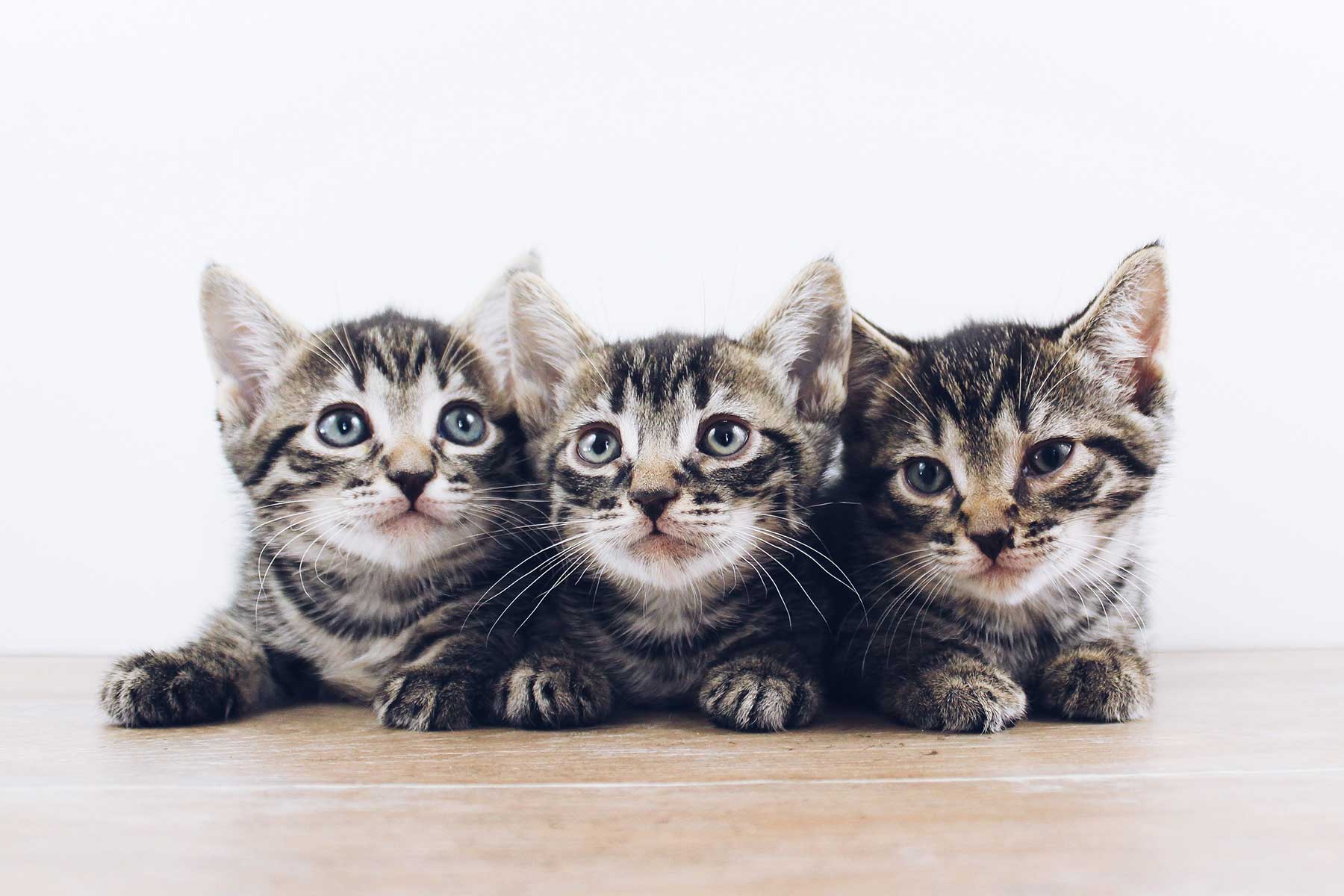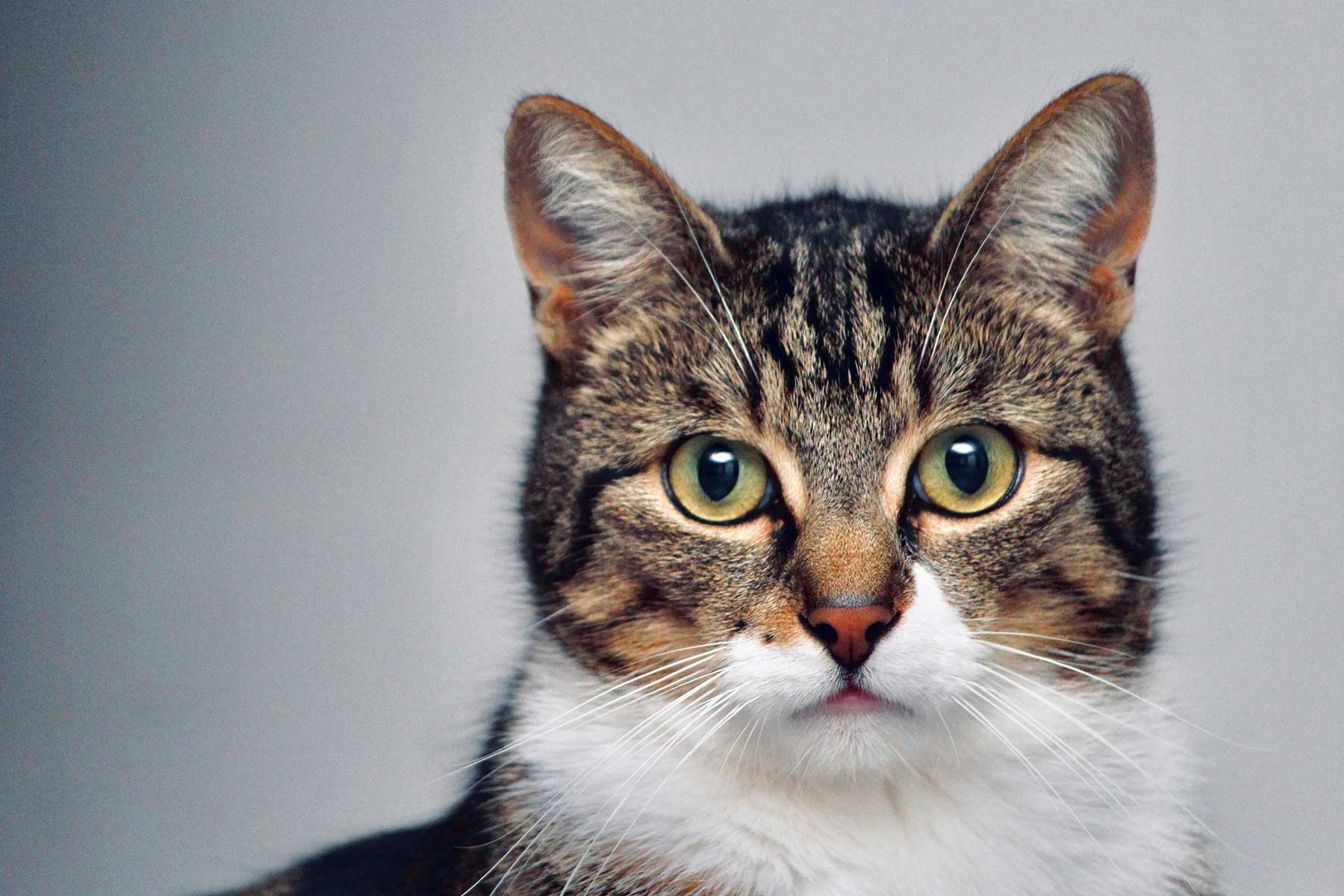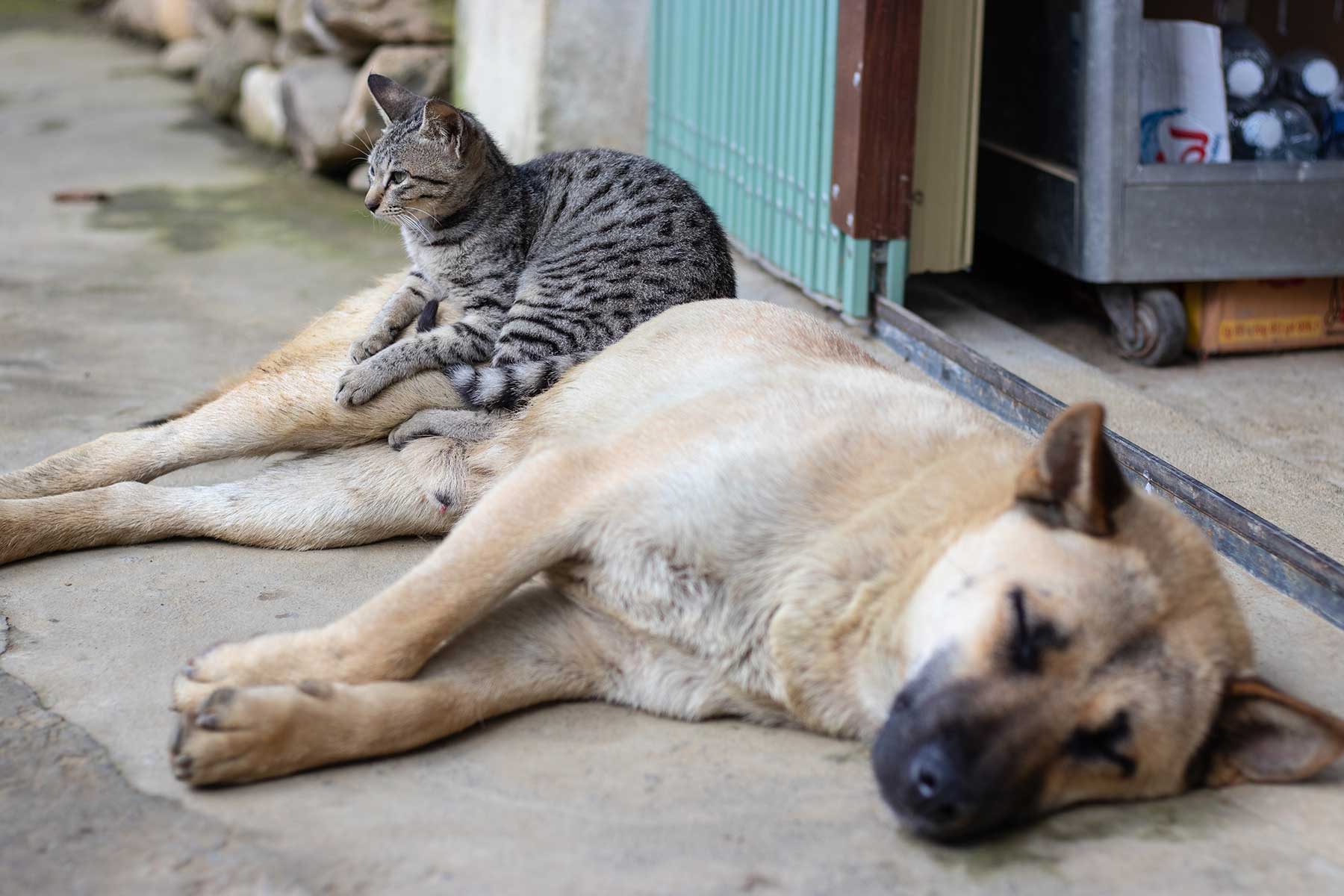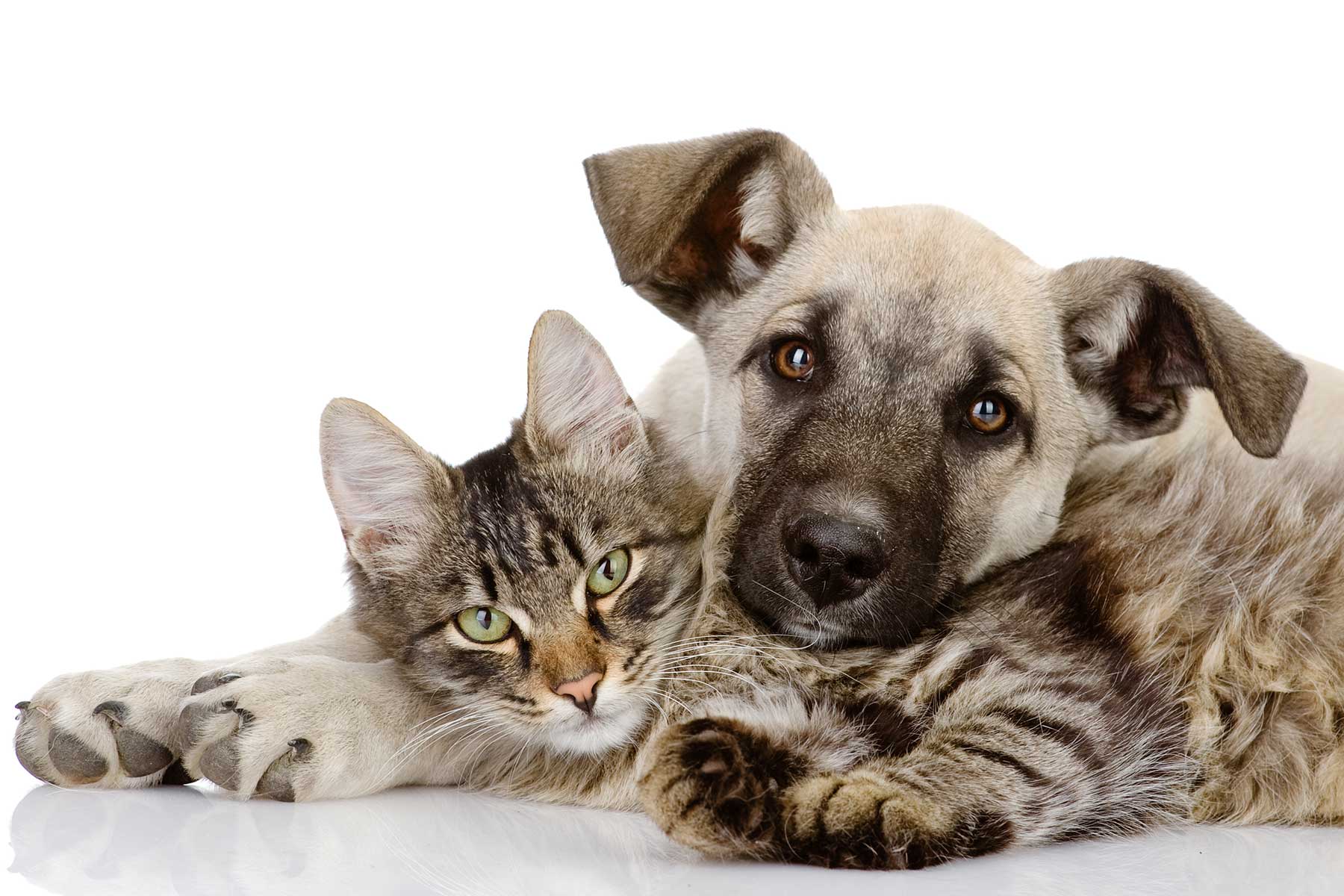As the weather starts to become a bit warmer and the days begin to lengthen, entire female cats start to come on call – this is also known as coming on heat or into season. Their behaviour can appear quite alarming to anyone that has not seen a cat on heat before and can be mistaken for an injury or illness such as a urinary tract infection, a broken back or a behavioural problem. If you are unsure if your cat is in season, your veterinary health care team will be happy to provide advice.
WHAT DOES BEING ON HEAT MEAN?
This is just another term for a cat being in oestrus or being receptive to being mated and potentially becoming pregnant.
When do cats come on heat?
Oestrus cycles begin when female cats reach puberty, which can be as early as 4 months right through to 10 months of age.
Exactly when a cat starts coming on heat is determined by a number of factors including: the days becoming longer (ie Spring/ Summer), the cat’s weight, age, general health and their breed. Although, it should be noted that cats can come on heat and produce kittens at any time of the year if the situation is right.
How often do cats come on heat?
Cats are known as a polyoestrus species. This means they can come on heat multiple times in a calendar year (compared to dogs that are dioestrous and only come on heat twice per year).
Female cats will generally continue to come on heat until they are mated and become pregnant. Oestrus lasts for 7 to 10 days and there are 3 possible outcomes:
- The cat mates and becomes pregnant. She will generally come back in to season approximately 8 weeks after the birth of the kittens (with a range of 1-21 weeks)[1]. This usually coincides with the time the kittens are weaned.
- The cat mates, but does not become pregnant and has what is called a pseudo or “false” pregnancy. In this situation she can show all the signs of being pregnant (gain weight, increase in appetite and even produce milk) but won’t actually have any kittens. She will return to being on heat approximately 4-6 weeks later.
- The cat does not mate. She will come back in to season 1 day to 2 weeks later and this cycle may continue multiple times unless she is mated or the breeding season ends.
How do I know if my cat is on heat?
The signs of oestrus are mainly behavioural and can include:
- Increase in vocalisation- this is often described as a yowl and is louder than your cat’s normal meow. It can sometimes be confused with an expression of pain or anxiety.
- Increase in affection- towards people and cats alike. Rubbing against or weaving between your legs and rolling around on the floor. Although contrary to this some female cats can become aggressive towards their owners and other cats.
- Change in mannerisms – when you stroke your cat along her back she will lower her front half, raise her bottom in the air, start to tread up and down and move her tail from side to side.
- Increased attention to the genital region (licking).
- Reduced appetite
- Urine spraying on walls and other surfaces.
- Increased insistence to go outside.
Some cats are known as ‘silent callers’ & may display none of the above signs.
Importance of cats being desexed
Desexing or sterilisation is a surgical procedure that removes both the ovaries and the uterus in female cats (ovariohysterectomy), meaning that they are no longer able to come on heat and become pregnant.
The Cat Act 2011 states that cats that have reached 6 months of age must be sterilised by a veterinarian, unless the cat is exempt from sterilisation. A cat can only be exempt from sterilisation if a certificate is given by a veterinarian or the cat is owned by an approved breeder for breeding purposes. The penalty of non compliance is a fine of $5 000.
Apart from being law and the prevention of unwanted kittens, desexing also has a number of medical benefits for your cat. These include preventing inflammation of the uterus (metritis), uterine infection (pyometra), ovarian cysts and tumours of the reproductive system.
Many people decide to get their female cat desexed as they are concerned about her getting out when she is on heat. Not only is there a risk of her getting pregnant, but there is also a very high risk of her getting hit by a car or getting injured as her only focus is on finding a male to mate with. There is also a risk of picking up one of the potentially fatal feline viruses (feline Leukaemia or feline AIDS).
If your female cat comes in to season before you have had a chance to have her desexed, keep her inside and separated from any entire male cats. If she does manage to escape and mate, your veterinary health care team will be happy to provide advice on options available (in most situations sterilisation will still be an option) and they will most likely wish to test for FIV (feline AIDS) and FeLV (feline Leukaemia) if the male tom cat is unknown.











